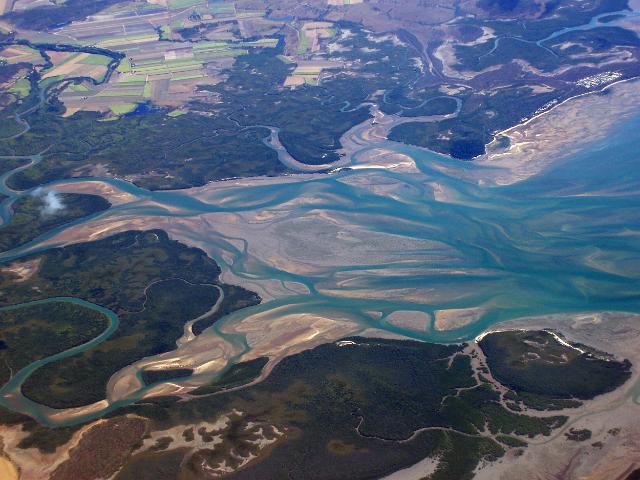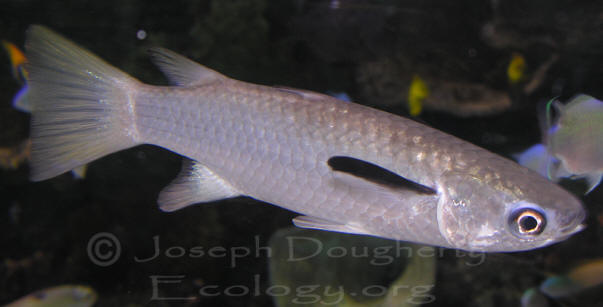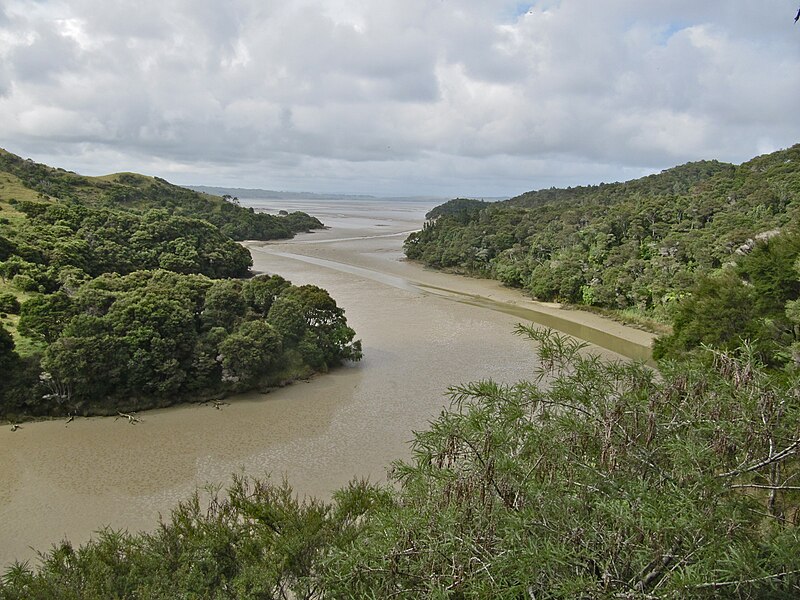Habitat
The Liza vaigiensis is found in many parts of the world, but is mostly found between Australia and Russia. The ideal habitat for the Liza vaigiensis include: lagoons, reefs, estuaries, and shallow water which are protected by sandy shores (Myers, 1991). Often times, the placement of a Liza vaigensis depends on its age. The Liza vaigensis is typically concieved in a marine environment but will spawn in an esturary. From there, the juveniles will try to cross into a body of freshwater while they mature then come back to an esturary when they are in adulthood (Robins, et.al. 2006). Though this isn’t typical for the Liza vaigiensis, they can sometimes be found in creeks. More times than not, they are transplanted by accident because a lagoon or estuary was flooded during the rainy season and they accidently spilled over to a nearby creek (Myers, 1991). Even though the Liza vaigiensis can grow up to 25 inches (Lieske and Myers, 1994), it is most of the time a bottom feeding detritivore (Wijeyaratne and Costa, 1990). The Liza vaigiensis likes to stay in more shallow water (Myers, 1991) due to little need to go into deeper water, which is beneficial. The Liza vaigiensis can grow into a pretty good size fish, thus making it a beneficial kill for bigger and more deadly predators. The shallower the water is that the Liza vaigiensis lives in, the less likely the species will fall victim of over predation by larger fish. Fish which grow larger than Liza vaigiensis aren’t found in its habitat often because fish which grow big enough to consume a fish over two feet long don’t typically prefer shallow waters and reefs. On a larger scale, the Liza vaigiensis prefers warmer water. The fish is typically found ±30 degrees latitude from the equator (Encyclopedia of Life). This is also roughly the range from the bottom of Australia to the bottom of Asia. Waters in this area can become excessively hot but the Liza vaigiensis can adapt to the temperature change relatively well.
Figure 2.1 Natural habitat of Liza vaigiensis, Pakoka
River Estuary of New Zealand
Since water temperature fluctuations around reefs receive a lot of attention, a study was conducted on the Liza vaigiensis to see how well it can adapt to warmer temperatures. A Liza vaigiensis cycled in water from 35-39 degrees Celsius (95-102 degrees Fahrenheit), could survive in water 44.7 degrees Celsius (112.5 degrees Fahrenheit) (Eme et.al, 2011). Along with being able to adapt to warmer weather, they can also adapt to different water type environments. The Liza vaigiensis can be found in either a freshwater environment or a marine environment (McDowall, 1997). The most likely place to find a juvenile Liza vaigiensis is to look for a mangrove area. This is the most preferred place for a juvenile Liza vaigiensis to live. If one is found, chances are great that there will be many more because when the Liza vaigiensis is young and not fully matured, they prefer to travel in schools (Meyers, 1991).

Figure 2.2 Natural Habitat of Liza
vaigiensis,
Murray River Estuary of Australia*
Learn how the Liza vaigiensis travels in schools in
Adaptation.

